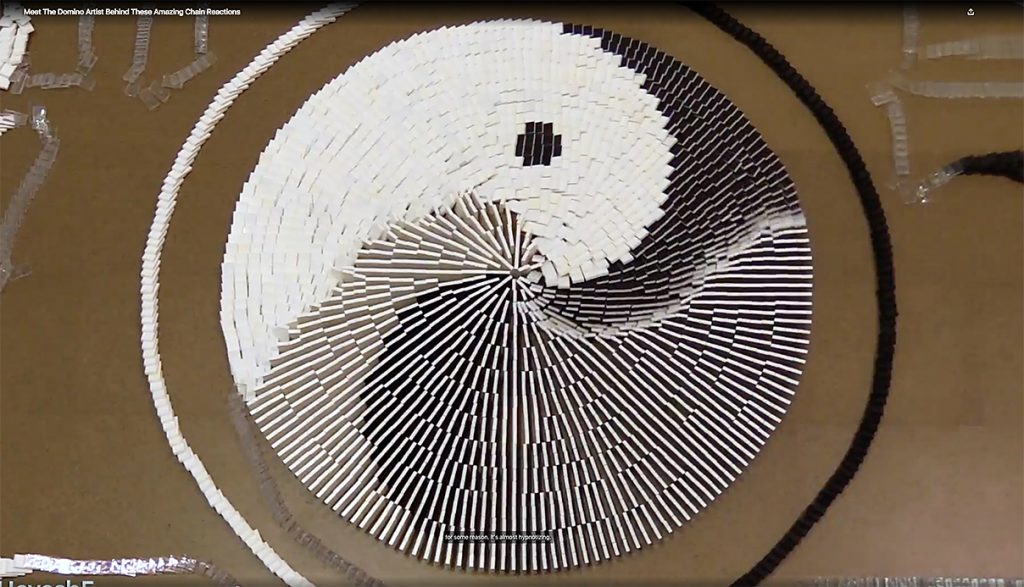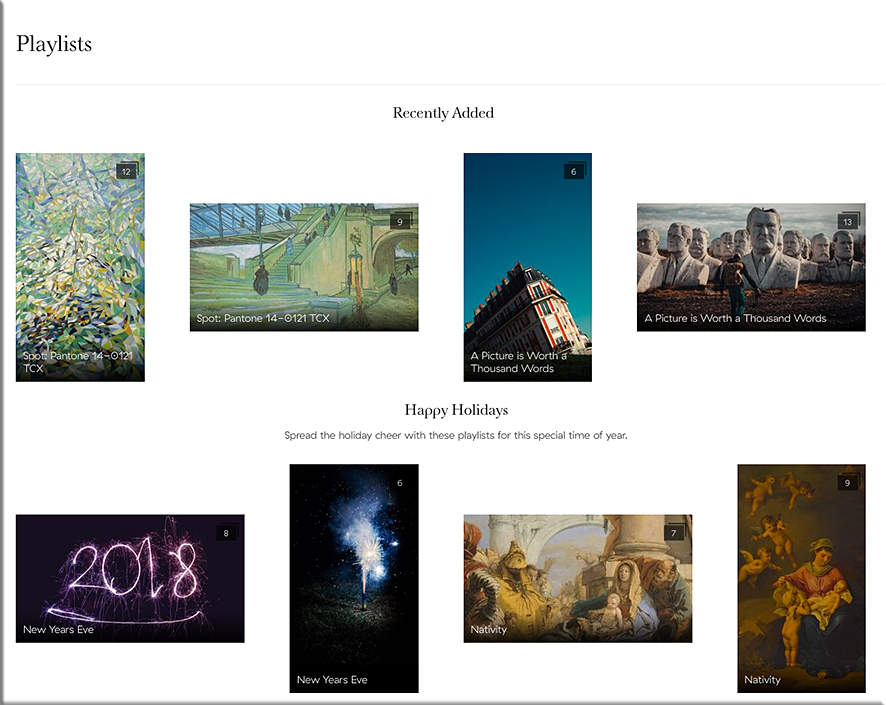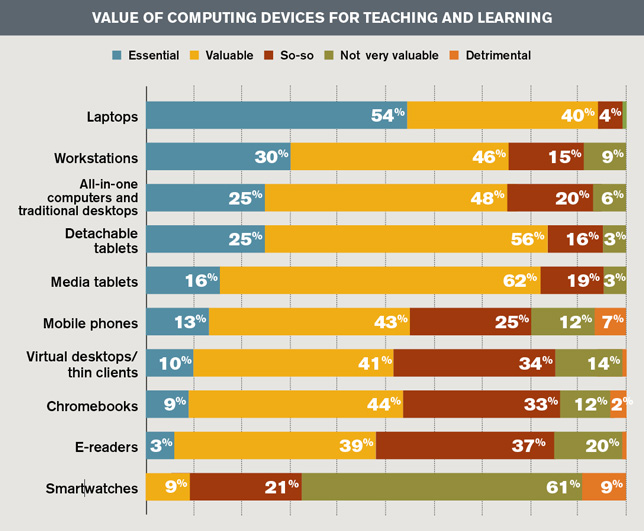Watch Salvador Dalí Return to Life Through AI — from interestingengineering.com by
The Dalí Museum has created a deepfake of surrealist artist Salvador Dalí that brings him back to life.
Excerpt:
The Dalí Museum has created a deepfake of surrealist artist Salvador Dalí that brings him back to life. This life-size deepfake is set up to have interactive discussions with visitors.
The deepfake can produce 45 minutes of content and 190,512 possible combinations of phrases and decisions taken by the fake but realistic Dalí. The exhibition was created by Goodby, Silverstein & Partners using 6,000 frames of Dalí taken from historic footage and 1,000 hours of machine learning.
From DSC:
While on one hand, incredible work! Fantastic job! On the other hand, if this type of deepfake can be done, how can any video be trusted from here on out? What technology/app will be able to confirm that a video is actually that person, actually saying those words?
Will we get to a point that says, this is so and so, and I approved this video. Or will we have an electronic signature? Will a blockchain-based tech be used? I don’t know…there always seems to be pros and cons to any given technology. It’s how we use it. It can be a dream, or it can be a nightmare.































